INTRODUCTION
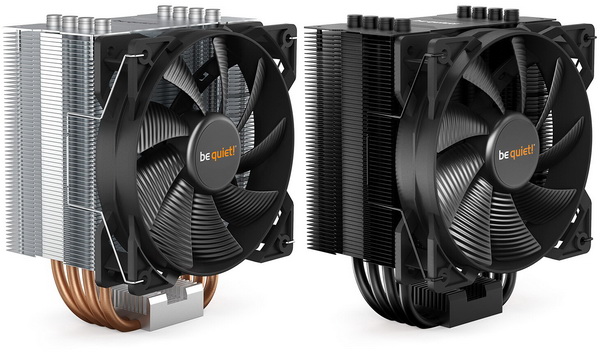
Whenever CPU cooler manufacturers sit down to design a new model (or refit an older one) they have 3 things they can do to further improve cooling performance, first to increase the total surface area of the fins, second to add more or thicker heatpipes and third to use a higher-performance (or larger) fan. Yes there are other ways to "tweak" the performance level of any cooler (such as using an heatpipe direct touch base or use special designs for the fins) but these are quite honestly secondary and don't really amount to significant performance improvements (using copper instead of aluminum for the fins works well but it's far more expensive). Be quiet! released their compact Pure Rock CPU cooler back in 2015 and roughly 5 years later with me i have the new Pure Rock 2 model.
be quiet! is a premium brand of power supplies, PC cases and cooling solutions for desktop PCs. The products of be quiet! offer legendary quiet operation and first-class performance thanks the passion for quality and precision. Attention to detail is the key to perfection. Which is why our very own experts lead product conception, design and quality control from our headquarters in Germany. be quiet! sticks to its name: More than 15 years experience in the field of noise reduction and silence make be quiet! products probably the most silent ones on the market.
The first Pure Rock was based on an 155mm tall, 121mm wide and 62.5mm long heatsink with a total of four 6mm heatpipes which be quiet! had paired with their 120mm Pure Wings 2 fan (1500RPM/87CFM/1.25mmH2O/26.8dBA). Now since the Pure Rock had an TDP (thermal design power) of 150W its cooling efficiency may not have been great but its strong selling point was actually its size since it was among the very few zero-interference models in the market at that time. Well strangely enough the brand new Pure Rock 2 model is virtually identical to its predecessor (an all-black model is also available) so once again we see a TDP of 150W, a heatsink with the same exact measurements, four 6mm heatpipes and the same 120mm Pure Wings 2 fan. What has changed in the new Pure Rock 2? Well for one the number of fins has increased (there are now 55 instead of 48 - resulting in more surface area for heat dissipation) and as for the base this time over it features an heatpipe direct touch (HDT) design. So, let's see just how much improvement in cooling efficiency these two additions/changes amount to.
SPECIFICATIONS AND FEATURES

PACKAGING AND CONTENTS
Just like with most CPU coolers by be quiet! the Pure Rock 2 arrived inside a black box that has a large product picture at the front next to the company logo.
The specifications table is printed on the right side of the box right over the cooler's TDP and beneath a few words about be quiet!.
For more information on the product just scan the 2D barcode located on the left side of the box with your smart phone or tablet.
Two pictures placed at the rear of the box are used to showcase the main product features.
Be quiet! ships the Pure Rock 2 with 4 fan clips (can add a 2nd fan in push & pull), Intel backplate, mounting bar, user manual, warranty information paper and mounting sets for both Intel LGA 1150/1151/1155/1156/1366/2011/2011-3/2066 and AMD AM3/AM3+/AM4 mainboards.
THE PURE ROCK 2
The 458g heavy heatsink of the Pure Rock 2 stands 155mm tall, 121mm wide and 62mm long.
At the top we find a brushed aluminum plate which certainly looks nice (black would be better but be quiet! already has an all-black Pure Rock 2 model out).
As mentioned earlier one of the key differences between the Pure Rock and Pure Rock 2 models is the number of available fins which has increased to 55.
Just like with past models part of the fins is bend on the sides to keep air from flowing left and right.
The four 6mm all-copper heatpipes pass through all of the fins (the offset design ensures they don't interfere with your mainboard components).
The H.D.T (heatpipe direct touch) base comes with a thin layer of thermal conductive material (since i always use my very own i removed it to reveal the heatpipes).
Again, the 120mm Pure Wings 2 fan is identical to that used in the first Pure Rock 2 (1500RPM/51.4CFM/1.25mmH2O/26.8dBA).
With the Pure Wings 2 fan attached the Pure Rock 2 CPU cooler is now 586g heavy and 87mm long.
TEST BED
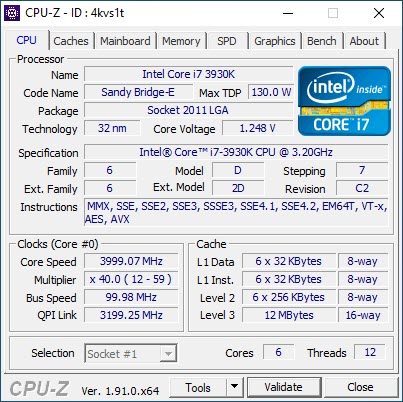

TESTING METHODOLOGY
We always take things quite seriously when it comes to work so just like with the previous LGA1366 database we will not be testing each CPU Cooler on its own and with different ambient temperature levels and thus we can actually have yet another valid CPU Cooler database. Testing a CPU Cooler automatically means that you need to know where it stands against the immediate competition and to accomplish that we have spent both money and time through the years, something that we plan to continue to do so in order to get the most accurate results for the end consumers who read these lines. Every CPU cooler in this database is tested with the bundled 140mm/120mm/92mm/80mm fans while working at both idle speed and 100% of their speeds for all the temperature tests. CPU Coolers that do not come bundled with a fan/s are measured using a Noctua fan (size dependent on the model) to test for the temperature tests but due to the lack of a stock fan dBA level tests are obviously skipped. Single (120/140mm) watercooling solutions are tested with the radiator mounted at the rear of our test rig while dual/triple/quad (240/260/280/360/420/480/560mm) solutions with the radiator mounted at the top. For the dBA tests every cooler in the database was measured both while on idle mode or with the fan controller in the minimum setting and while on extreme load or with the fan controller all the way to the highest possible setting (PWM fans do that on their own without our intervention). Every single test takes place in a temperature controlled room of 23 degrees Celsius Ambient Temp with the help of two AC units placed diagonally inside the room. The Arctic Silver 5 thermal paste is used with every CPU Cooler in our latest LGA2011 database (although initially this was not the plan, we had to change things to get the most accurate results). Finally, it's very important to point out that just because a CPU Cooler is better than another when tested with our test rig that does not necessarily mean that the same performance differences will apply 100% for other CPU models and in other situations (such as different ambient temps and system configurations).
To successfully record the load temperatures, we use the latest OCCT application for around 6-10 minutes to push the processor to its limits and after that is done and the temperatures are recorded, we wait for about 10-20 minutes for the CPU to cool down and record the idle temperatures. This is done to allow time for the thermal conductive material to achieve the optimal performance level. Same procedure is then repeated with the Passmark BurnIn Test as a failsafe just in case the OCCT results are wrong. This procedure is more time consuming than the usual peltier/thermometer tests but this way not only can we deliver real world results to our readers based on real CPUs but we can also triple check the results using a variety of programs. Last but not least the temperatures were recorded using both the latest versions of AIDA64 and RealTemp while the noise level tests are performed using a high precision ExTech HD600 Decibel Meter placed about 10-15cm above the CPU Cooler. Still although the same testing procedure applies to all units do take into consideration that unlike the official numbers which are measured in special noise isolated labs with just the fans here, we also have both the rest of the cooler and the rest of the system (although all system fans are turned off when recording noise levels).
TEST RESULTS


CONCLUSION
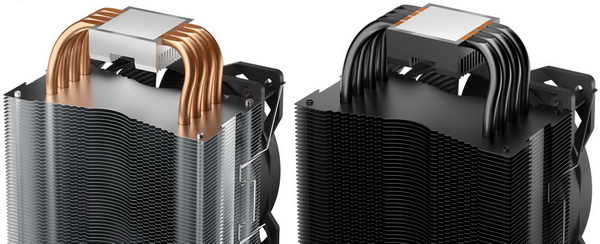
The original Pure Rock CPU cooler by be quiet! was part of their entry level line so it was never meant to blow us away with its cooling performance (and it didn't). The Pure Rock 2 on the other hand may also be part of the "essential" line (entry level) by be quiet! but thanks to the 7 extra fins and H.D.T base it manages to outperform its predecessor by a full 5.8 degrees Celsius. Granted even with such a large cooling improvement the Pure Rock 2 still can’t compete with all the high-end air cooler in the market but that was obviously not its purpose. The all-black version is also a plus since there are many people who will prefer it over the “regular” model i tested today.
Right now, the Pure Rock 2 CPU cooler by be quiet! retails for USD39.30 inside the USA (Amazon.com) and for 33.99Euros inside the EU (Amazon.de) a price tag which not only perfectly reflects what performance levels you can expect but is also set a lot lower than what the original Pure Rock model cost (the all-black version retails for roughly USD5/9Euros more). Yes, the Pure Rock 2 may also not be getting any performance awards anytime soon but it’s not only a valid upgrade to the original Pure Rock but it’s also compact, has good build quality and features a very tempting price/performance ratio thus securing our Golden Award.

PROS
- Good Build Quality
- Cooling Efficiency (Compared to Its Predecessor)
- Low Noise Levels
- Size & Weight
- All Black Version Available
- Price (For Some)
CONS
- Bundle (Compared to Its Predecessor)

 O-Sense
O-Sense





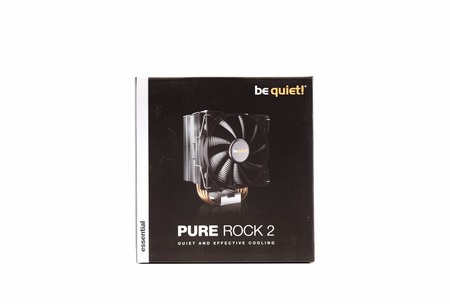
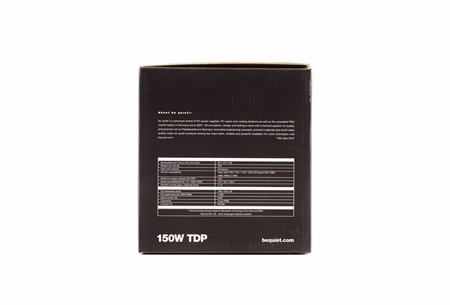
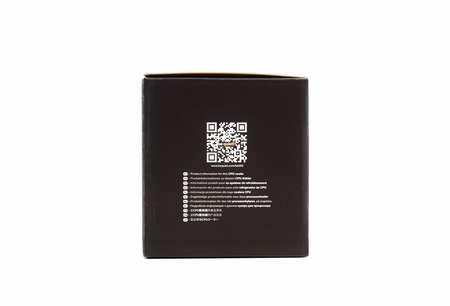
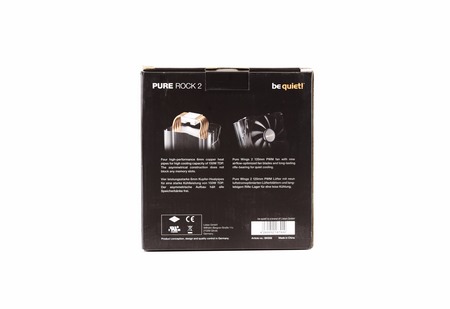
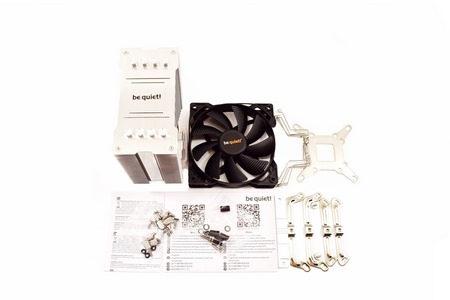
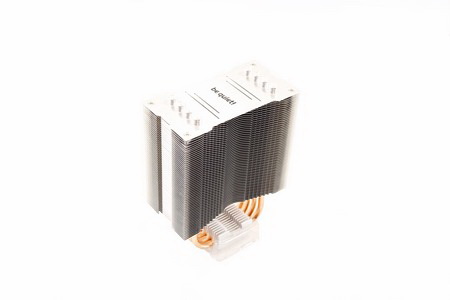
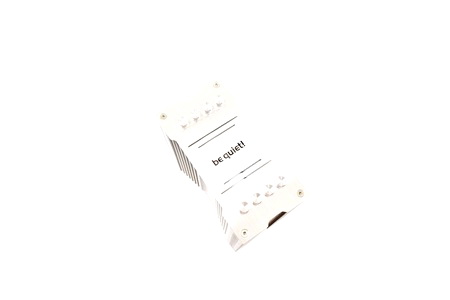
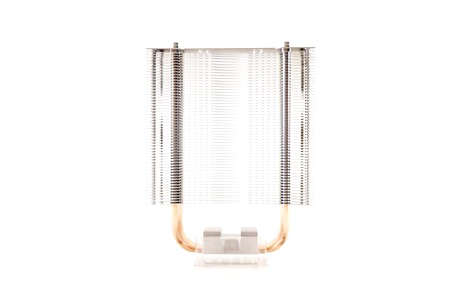
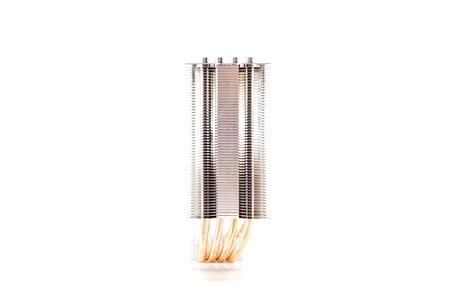
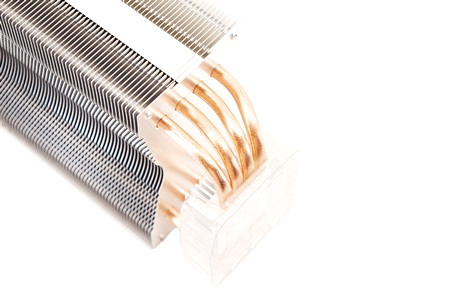
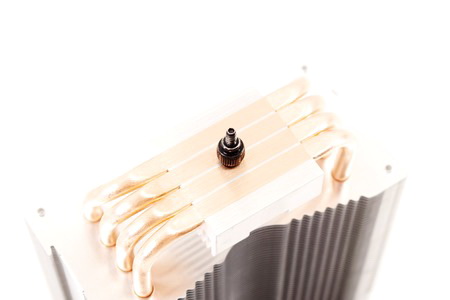
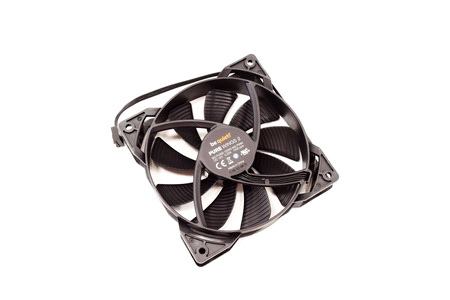
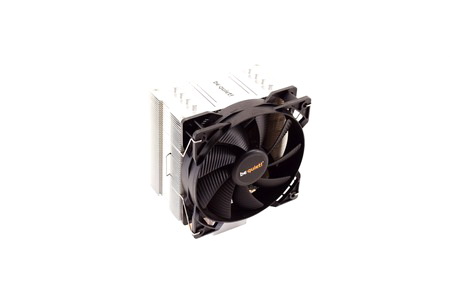


.png)

